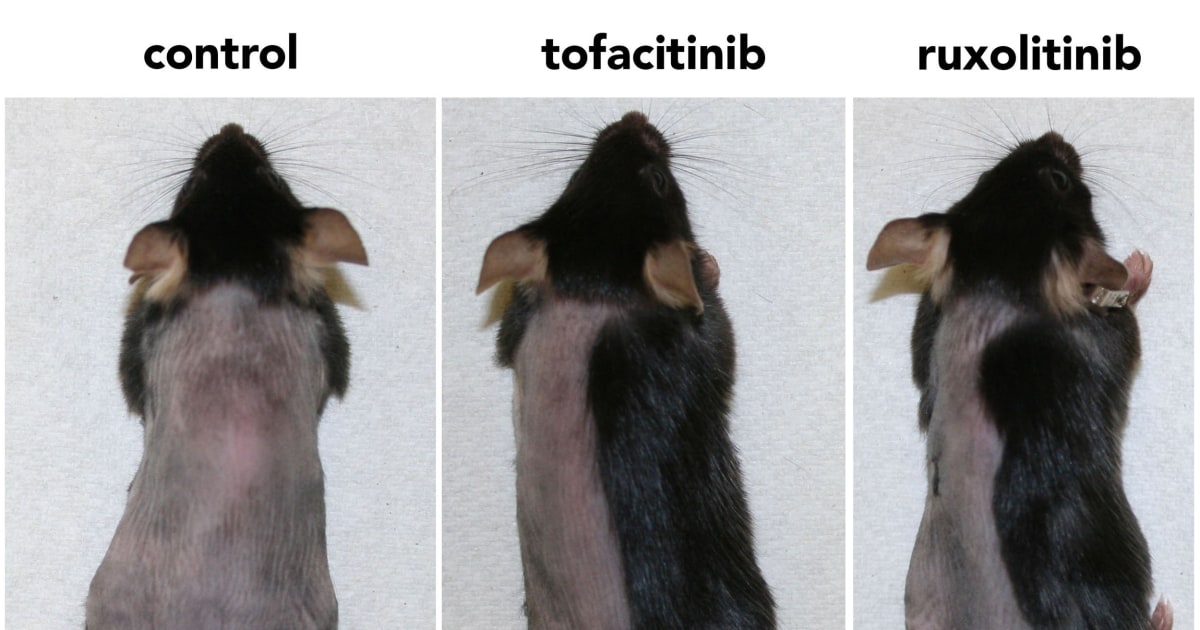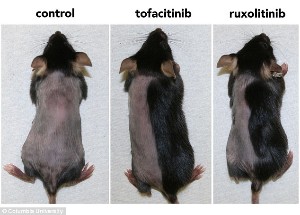New research tested in normal hair follicles, they are now moving forward to test this in hair follicles affected by AGA.
Sivan Harel1, Claire A. Higgins1,*, Jane E. Cerise1, Zhenpeng Dai1, James C. Chen1,2, Raphael Clynes1 and Angela M. Christiano
Pharmacologic inhibition of JAK-STAT signaling promotes hair growth
As far as iI remember ruxolitinib and tofacitinib have unpleasant side effects.
Sivan Harel1, Claire A. Higgins1,*, Jane E. Cerise1, Zhenpeng Dai1, James C. Chen1,2, Raphael Clynes1 and Angela M. Christiano
Pharmacologic inhibition of JAK-STAT signaling promotes hair growth
Two JAK inhibitors have been approved by the U.S. Food and Drug Administration. One is approved for treatment of blood diseases (ruxolitinib) and the other for rheumatoid arthritis ( )


 .
.
Comment